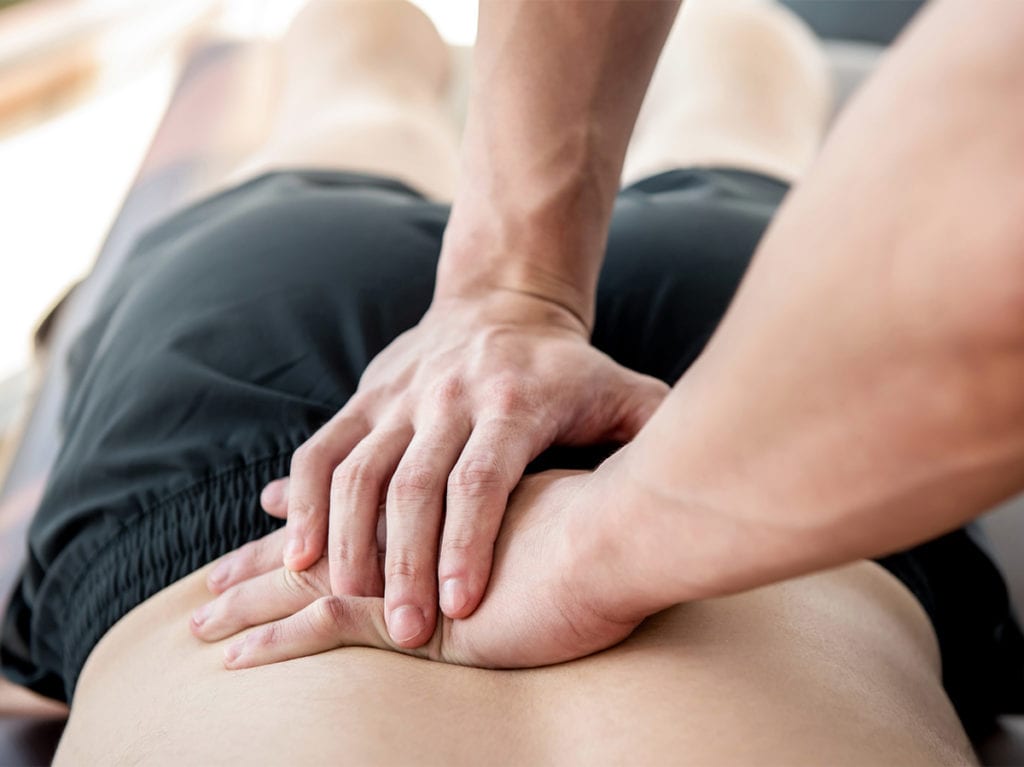
WHAT IS MASSAGE?
Massage is a treatment that aims to relax, revive and heal the body. Using manual hands-on movements and manipulation of the soft tissues and muscles in the body, massage therapy works to promote healing and enhance a person’s overall well-being.
There are many forms of massage therapy, each with their own benefits. No longer is massage thought of as a luxury, only available to those who can afford it. Treatment is available for anyone, whether for relaxation purposes, for sports recovery or for pain relief.
A massage is the stroking, kneading, rolling and pressing of the skin and muscles. There are many different styles, each with different origins and aims, but the premise of the treatment is the same – to relax and rebalance the body and to make you feel good.
With more than 250 variations of massage and bodywork therapies available around the world, understandably, it can get a little overwhelming. Below we look at some of the most common forms of massage, to help you learn which type of massage might be right for you.
BENEFITS OF MASSAGE
A relaxing massage can reduce anxiety, stress and depression. As I mentioned previously, massage has been proven to reduce levels of the stress hormone cortisol. This improves your overall feeling of well being and can reduce blood pressure. Massage can also increase levels of the neurotransmitters serotonin and dopamine, which is great for people suffering from depression.
A study published in Science Translational Medicine in 2012 found that massage greatly relieves sore muscles after physical exercise. Just 10 minutes of massage can reduce inflammation and help your body recover more quickly.

